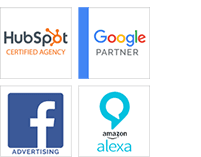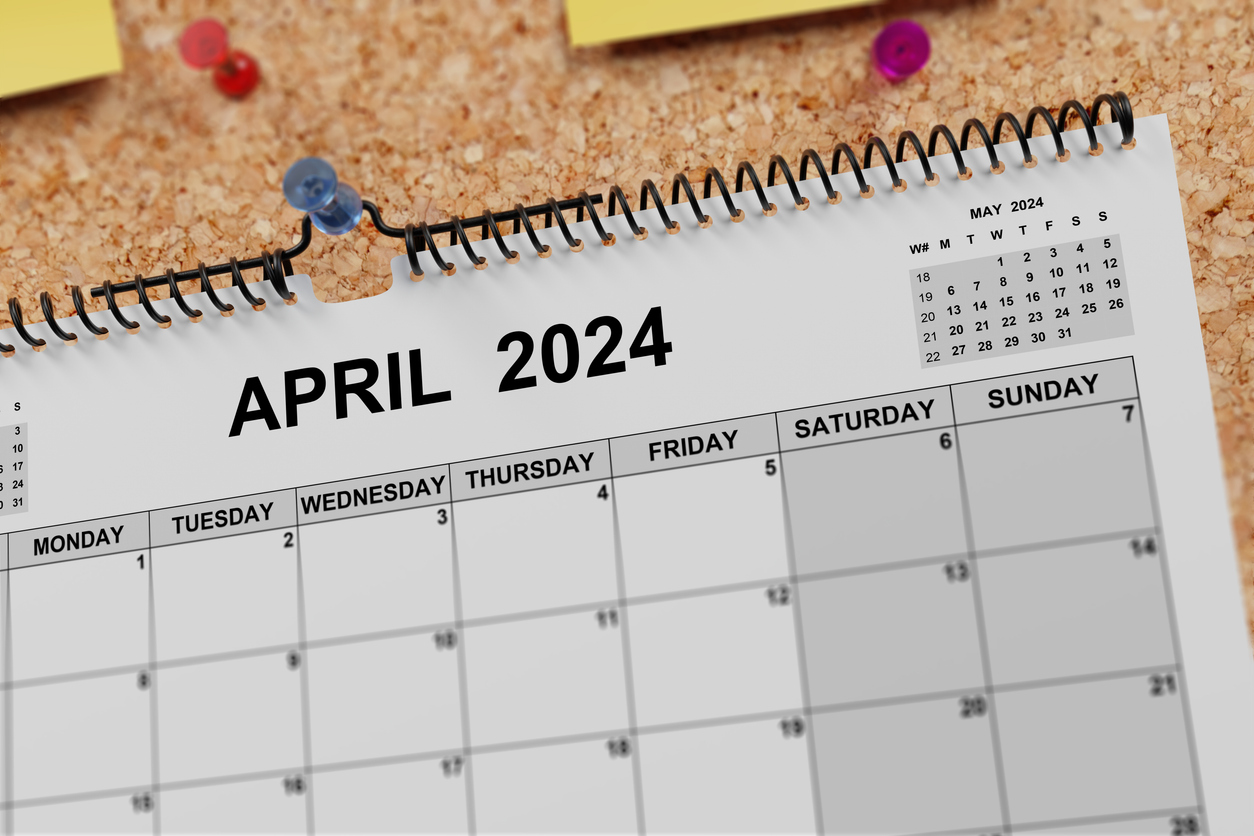
What’s Trending in Marketing of April 2024
Noteworthy Marketing Trends and News
Additions in AI Advertisements
Meta, the parent company of Facebook and Instagram, is making it easier for brands to reach consumers with AI-powered tools. They’re introducing new features to personalize advertising campaigns, like creating multiple versions of ads tailored to individual users. Additionally, they’re offering personalized product recommendations based on what users have browsed and liked. These tools are available on both Facebook and Instagram, aiming to make shopping experiences more seamless and impactful. Read more here.

Brands Values and Their Customers
To keep your customers happy, it’s important for your brand to reflect their values. Most shoppers want brands to share their beliefs. Many have stopped buying from companies whose values clash with their own. To stay connected with customers, brands will focus on showing what they stand for. A survey found that nearly half of marketers plan to invest more in creating content that highlights their brand’s values. Only a small minority will decrease their investment. This shows the increasing importance of authenticity and alignment in fostering lasting relationships with customers. Read more here.
The Rise of Podcasts
Given the surging popularity of podcasts and online audio, marketers are increasingly recognizing the value and potential of these platforms for reaching and engaging with audiences. In a survey conducted on marketing trends for 2024, 82% of marketers expressed their intentions to either increase or maintain their investment in podcasts and audio content. This signifies a strategic shift in marketing strategies. More emphasis is placed on leveraging the power of audio to connect with consumers in meaningful ways. Overall, the continued growth of podcasts and audio content presents an opportunity for marketers to expand their reach and build brand awareness. It also allows them to foster deeper connections with their target audience in the evolving digital landscape. Read more here.
Learning Marketing Trends and Ideas
Interactive Email Marketing Trends
Innovative Video Strategies to Transform Your Senior Living Marketing
Digital technology has revolutionized marketing for senior living communities, offering unprecedented opportunities to engage potential residents and their families. Video content, in particular, is a powerful tool for showcasing the amenities, values, and lifestyle senior living communities offer. As seniors increasingly embrace digital platforms, mastering video marketing is crucial. Videos can tell authentic stories, educate viewers, and provide virtual tours, all of which are essential for attracting and informing prospective residents. Leveraging digital strategies like SEO optimization and YouTube presence enhances the reach and impact of video marketing efforts, allowing communities to connect meaningfully with their audience and foster trust in the decision-making process. Read more here.
How Brands Market To the Different Generations
Recent Marketing Trends, Reports, and Updates
Nano- or Micro-Influencer Marketing
More brands are leaning towards collaborating with nano- and micro-influencers instead of celebrities or big social media stars because they charge lower rates and still generate high engagement. Reports show that marketers prefer working with small-scale influencers, with nano-influencers charging between $5 to $25 for a TikTok post and micro-influencers asking for $25 to $125. These smaller influencers also boast higher engagement rates, meaning their followers are more likely to take action based on their recommendations. To ensure a positive return on investment, it’s crucial to collaborate with influencers whose followers match your target audience. Read more here.
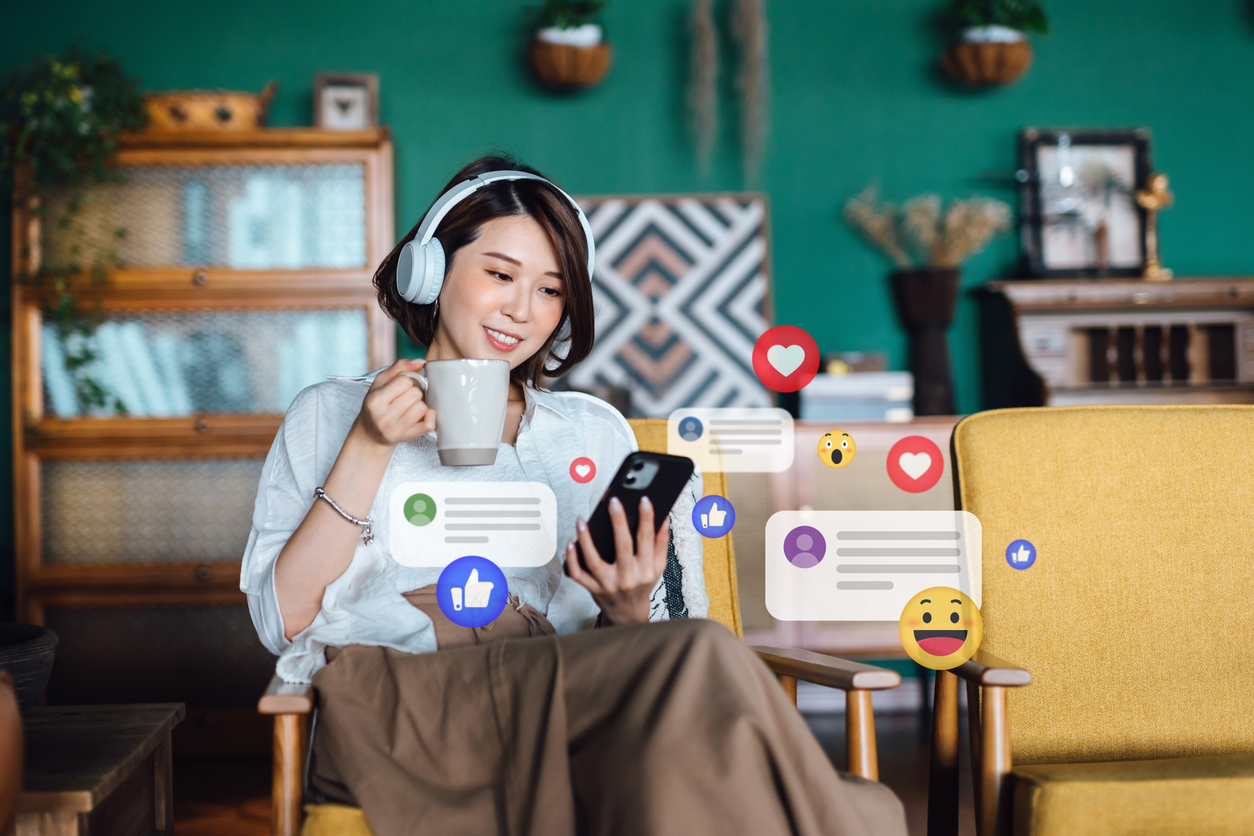
Companies in Partnership Marketing
More brands are teaming up with others in their industry because it helps both parties achieve their goals. This collaboration can involve co-producing webinars, appearing on each other’s podcasts, or sharing each other’s social media content. For instance, Videowise partnered with other brands to promote their ebook. Partnership marketing allows brands to reach more potential customers by tapping into each other’s audience, connect with industry leaders for insights and assistance, and gain access to valuable resources like customer insights and industry data to enhance marketing campaigns. Read more here.
User-Generated Video Content
We’re likely to see more user-generated video content because potential customers trust it more than highly-produced brand videos. These videos, created by real customers who have used the product or service, carry authenticity that resonates with audiences and increases the likelihood of conversion. To encourage customers to share their experiences, brands can ask for honest reviews, host giveaway contests for video testimonials, or collaborate with creators who can provide genuine opinions in exchange for a fee. This approach saves time, money, and effort compared to creating highly-produced videos from scratch. By leveraging user-generated content, brands capitalize on the credibility and relatability that real customer experiences offer. This fosters stronger connections with their audience and drives engagement across digital platforms. Read more here.







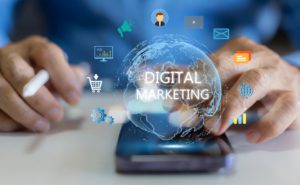






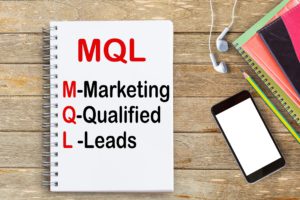


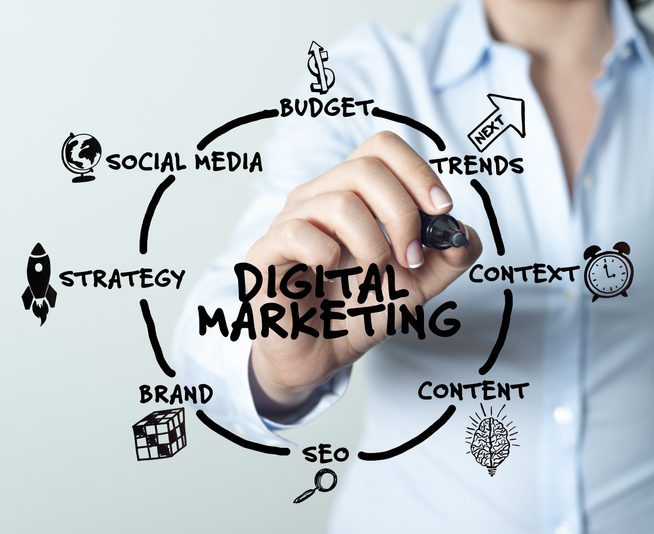
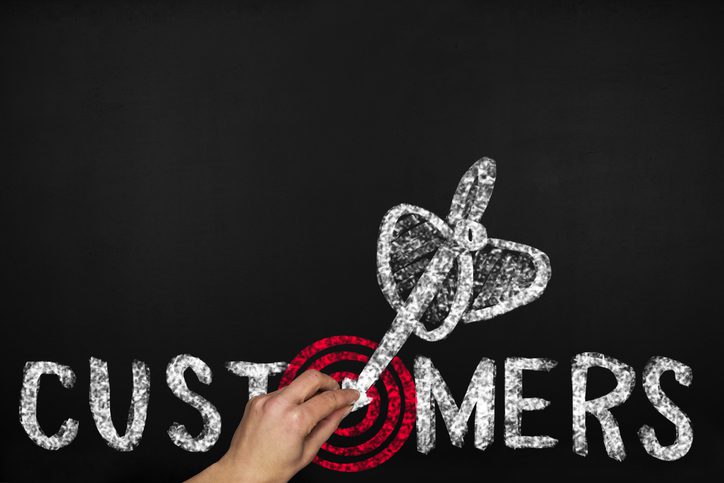











 Improve your user experience
Improve your user experience

